Mažeikiai stands about seven and a half miles south of the border with Latvia. It’s an industrial town and the oil refinery is one of the largest industrial plants in Lithuania. Like so many others, it has been fought over hence the majority of the buildings are of the post-war period.
Klaipėda has fallen under the control of various countries over the centuries, partially due to the combined regional importance of the usually ice-free Port of Klaipėda at the mouth of the Akmena-Danė River. It was the first settlement in Lithuania to be accorded city status.
Panevėžys is another major industrial city which has suffered through occupation by various foreign powers. It is home to be the southern terminus of the 750mm gauge Aukštaitijos railway.
Narrow Gauge Railway of Aukštaitija
Aleksotas Funicular Railway is in Kaunas and was opened on 6 December 1935. The single track with a midway passing loop remains unchanged. Automatic brakes are fitted to prevent a runaway in the event of a cable break. It is 142 metres (466 ft) long on a gradient of 29.5 degrees. The original traction equipment with stepped carriages and wooden seats are still in use.
The funicular climbs from the end of the Great Bridge across the River Neman a short distance upstream of its confluence with the River Neris. It was included into the Registry of Immovable Cultural Heritage Sites of the Republic of Lithuania in 1996.
The Open-Air Museum of Lithuania at Rumšiškės is a collection of farm and other buildings centered around a small town. The buildings were carefully dismantled and re-erected in their present locations and date from the 18th century to the first half of the 20th. Domestic buildings, houses and shops are furnished and fitted out to reflect their period.
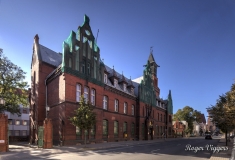
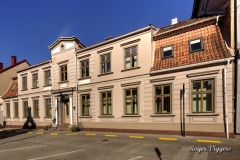

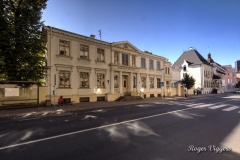
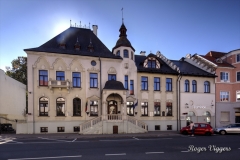





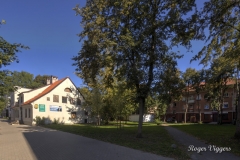


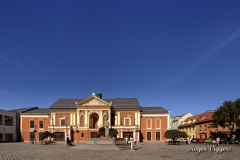



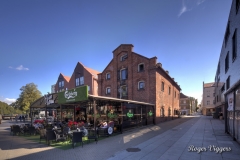







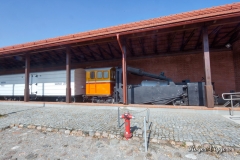

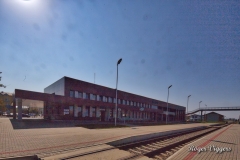




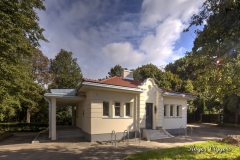




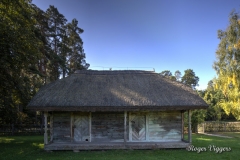
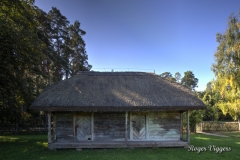

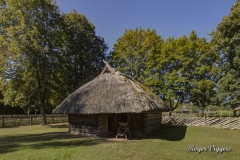
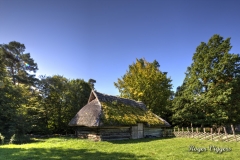
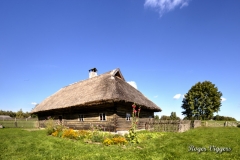

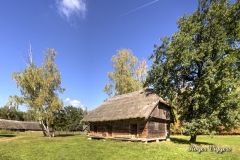
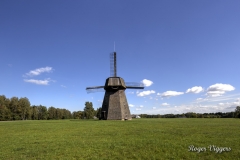




Thank you Roger, a good snap shot of the country.